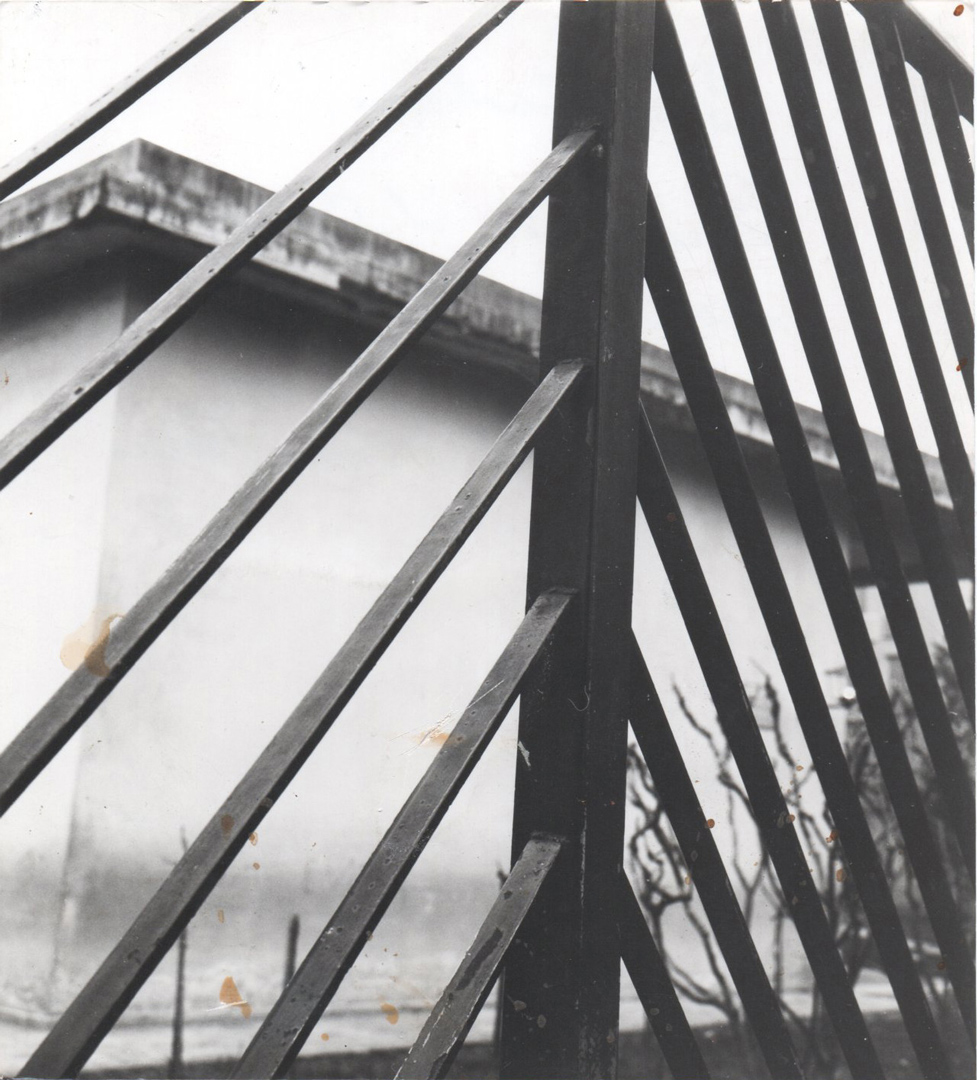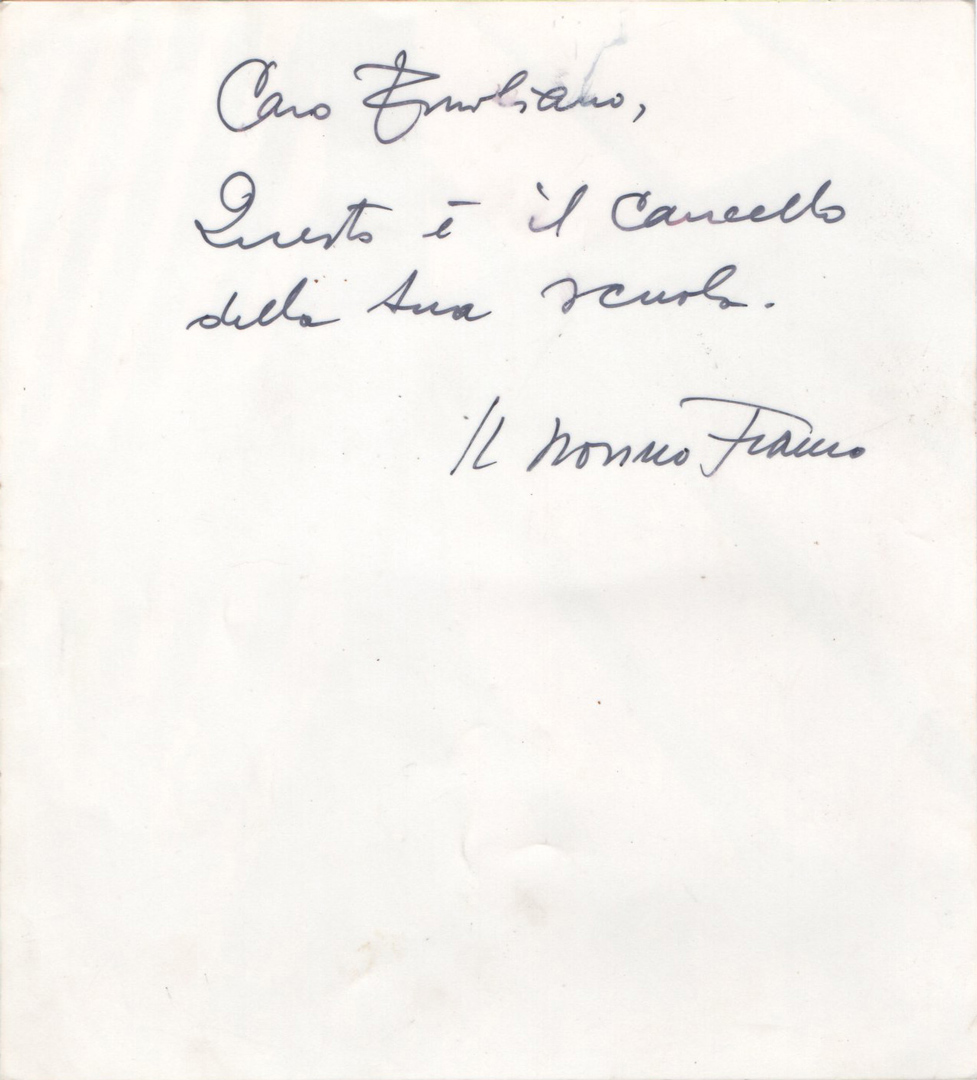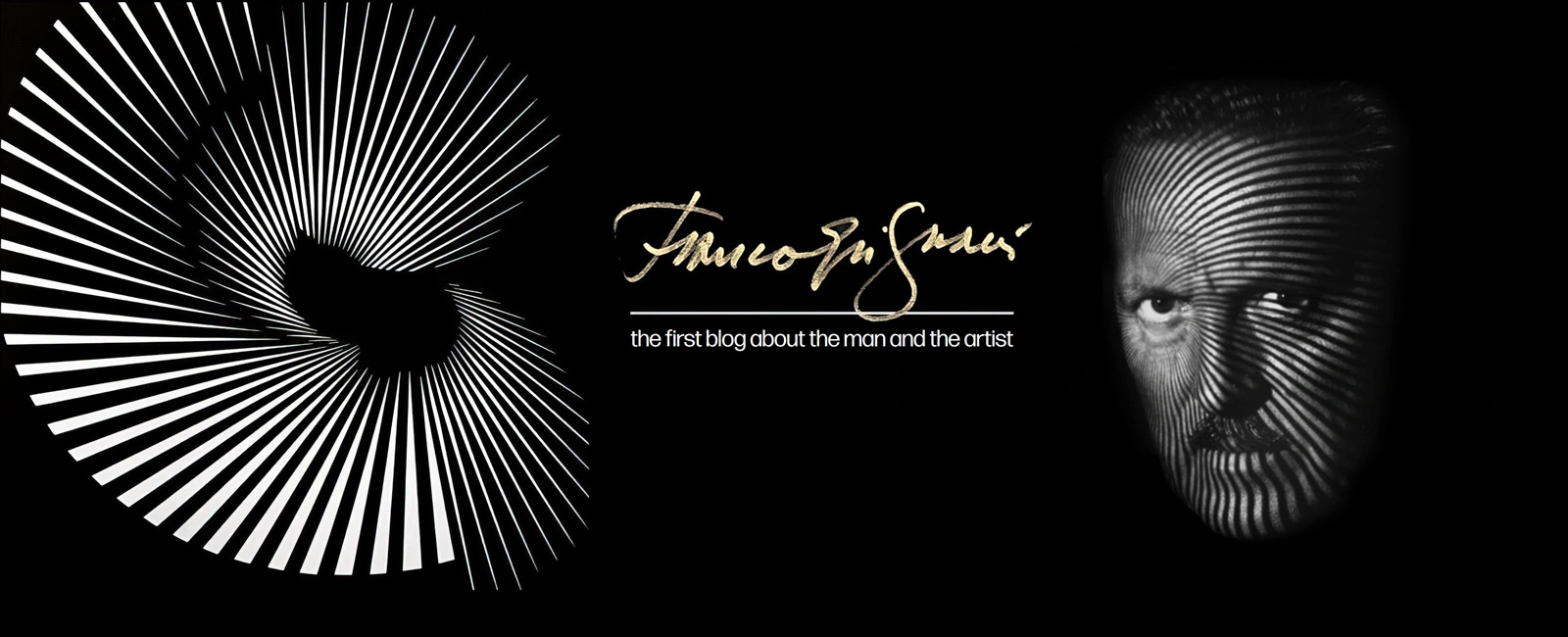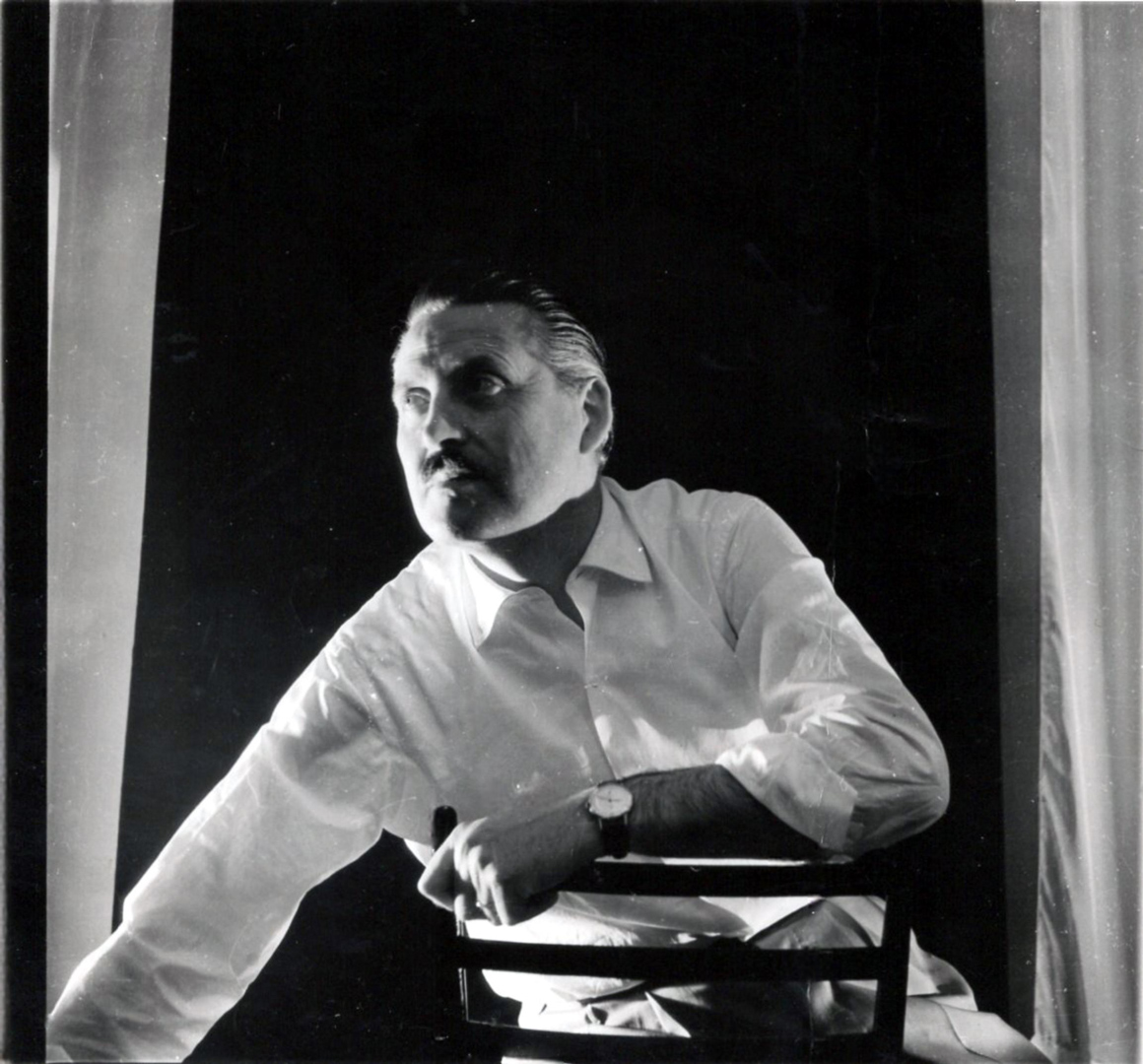When Franco Grignani, my beloved ‘Nonno Franco,’ passed away in 1999, I was approaching the age of thirty. After the loss of my grandmother, I proposed the idea of creating a public web database featuring some of his most significant works. The year 1999 marked the advent of the Internet’s free accessibility in Italy, bringing about a novel concept. But, unfortunately, due to various circumstances, this plan never came to fruition. However, nearly two decades later, the web itself fulfilled this vision.
In 2003, a search for ‘Franco Grignani’ on AltaVista would yield just over a hundred results. Fast forward to 2020, and Google now returns over 110,000 results from Italy. Yet, as the online presence of his work proliferated, it also became fragmented and occasionally inaccurate. Consequently, I felt a compelling need to bring order to this digital landscape…


For those who had the opportunity to meet him or just to be contemporary to him, Franco Grignani was described as “so ahead of his time”, “a beacon”, “a design monster to love at 100%”, “an artist who possessed both soul and intelligence as well as modesty”, “he taught us everything … to experiment and enjoy our freedom of expression” …
What’s truly remarkable is the growing interest in Franco Grignani’s work, especially among the younger generation who may not have had the chance to encounter him directly. His work remains astonishingly relevant.
Ironically, a few years ago, I might have expected the opposite. While it’s true that advancements in Computer Graphics have enhanced the ability of contemporary designers to mimic his style, it might have, in its simplicity, oversimplified the profound essence of his work.
I vividly recall his trusty rule and compass, his beloved Faber-Castell pencil, the Indian ink, and Schoeller cardboards. I remember watching him, clad in his signature white apron and unmissable tie, pouring hours of tireless passion into his creations.
Indeed, while he worked with remarkable speed, it took him days to accomplish what one can now achieve in mere minutes with a Mac.
I’ve always been amazed by the profound influence my grandfather has exerted on various aspects of our contemporary ‘view of the world’. Admittedly, my perspective is biased, but I frequently discern traces of Franco Grignani’s work lurking beneath and within modern creations and statements. As he himself noted in 1973, his images have significantly shaped “the sign of our time”.
Similarly, his trained eye had a remarkable knack for uncovering the beauty of geometry in everyday life, right down to the fence surrounding my primary school:


From time to time, I’m asked to define who my grandfather was. Some knew him as ‘the Architect’, while others labeled him as a graphic designer, painter, photographer, visual artist, or even a pioneer of ‘OpArt’… These various labels, in a way, attempt to categorize him within confined boundaries. Yet, when we consider his entire body of work, it becomes clear that it’s impossible to restrict Franco Grignani to any specific artistic movement. In truth, as he himself emphasized, he never wished to be part of any ‘flock’:
«I’m scared about being called an artist: this is because I don’t feel like one at all. I simply indicated, or tried to indicate, a new graphic language and what I was able to express is the result only of experiences and errors».
[from an interview from 1964 with Guido Elli]
My grandmother used to say that Franco had a ‘dreamy gaze’, perpetually immersed in wonderful new ideas.
He often told me about his father, how he had let him find his own way by telling him in dialect «vuoi pitturare? alora, pittura» («do u wanna paint? so, just go paint!»).
So, I hope this blog may inspire new generations…
Emiliano, February 4th, 2021
(113th anniversary of the birth of Franco Grignani and release date of the first ‘season’ of 30 posts of this blog)
[see also an interview between Matt Lamont and me from February 2022]
Last Updated on 03/06/2024 by Emiliano

